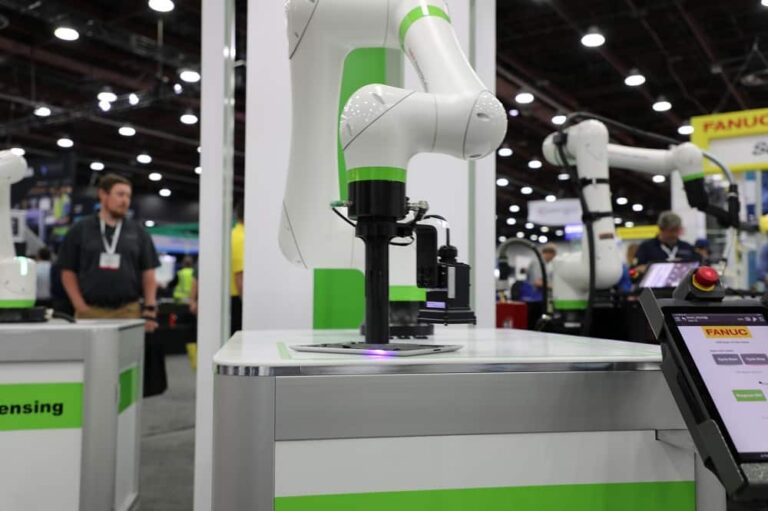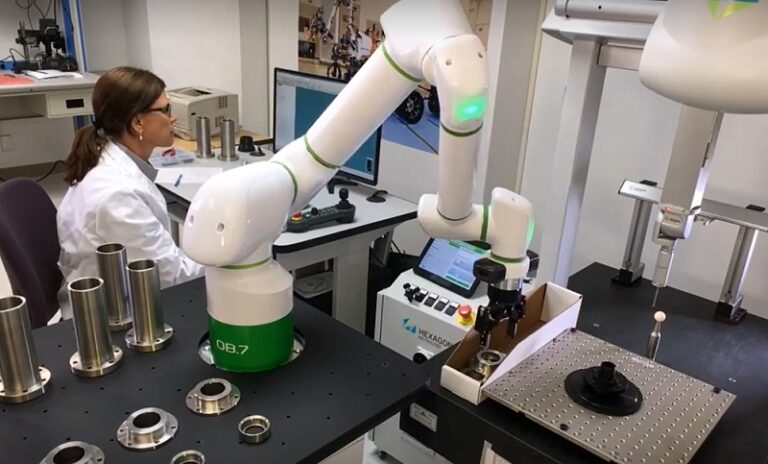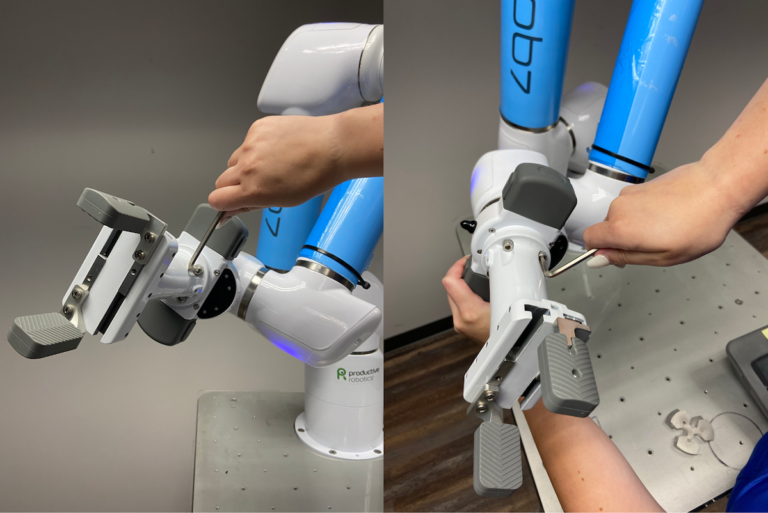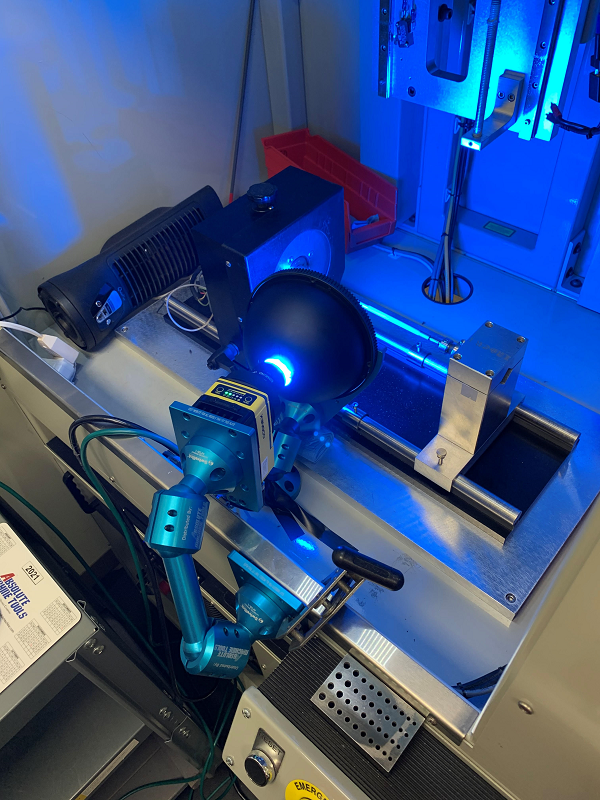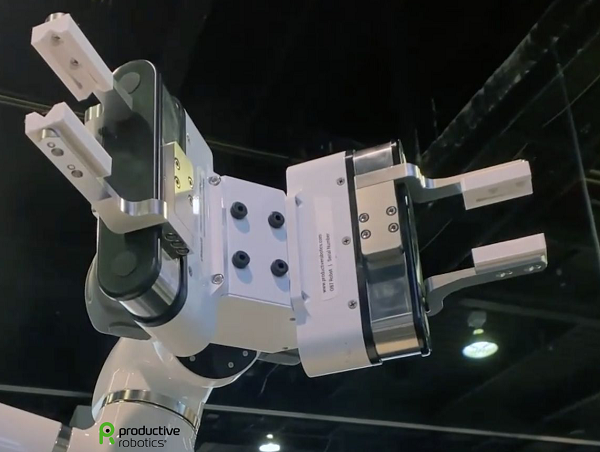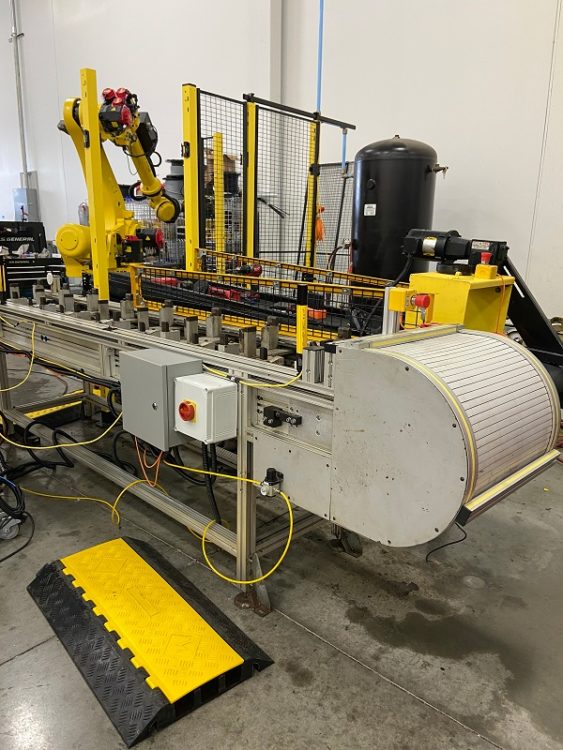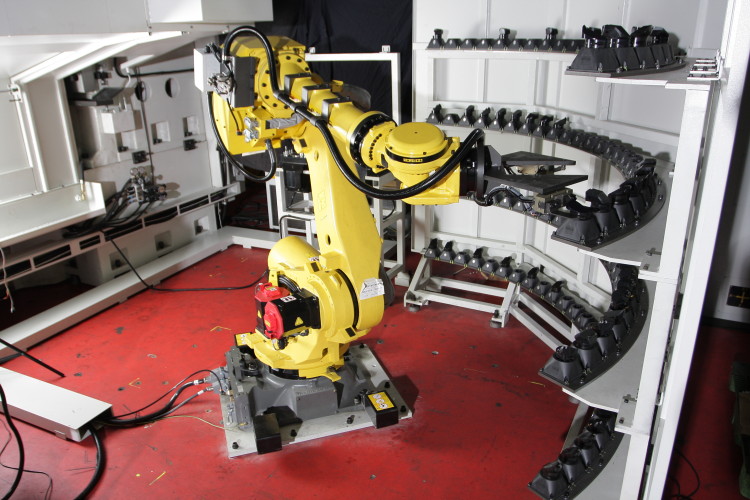
Vertical turning centers and lathes (VTCs and VTLs) are large, heavy-duty machine tools that often require a forklift or overhead crane to lift and position massive workpieces onto their turning tables. The practice of loading materials using a forklift date back to 1917, when Eugene Clark of Clark Material Handling invented the Trucktractor, an early precursor to modern forklifts. Cranes, on the other hand, have been used since ancient Mesopotamia, where the “shadoof” was employed to lift water for irrigation. The first modern mechanical crane, powered by hydraulics through the use of pressurized water, was invented in 1838.
During the Second Industrial Revolution, advancements in mechanical systems such as conveyor belts, cranes, and other material-handling equipment significantly reduced the reliance on manual labor for loading and unloading machinery. The introduction of electricity further revolutionized manufacturing, leading to mass production and the early development of industrial robots. While these innovations improved efficiency and productivity, workplace injuries remained a persistent issue, with many workers suffering severe or fatal accidents.
Today, automation allows us to mitigate these risks by taking over the hazardous aspects of machine tending, effectively acting as an extension of human eyes, ears, arms, hands, and legs. Automating the loading and unloading of VTCs and VTLs significantly reduces — and in some cases eliminates — workplace injuries associated with manual handling. Here’s how:
1. Reduced Risk of Lifting Injuries
Industrial robots, gantry loaders, and automated conveyor systems prevent back strains, muscle injuries, and fatigue-related accidents by eliminating the need for workers to manually lift and position heavy parts.
2. Fewer Hand & Finger Injuries
Automation removes direct human contact with rotating chucks, sharp chips and workpieces, and moving machine components, virtually eliminating risks of entanglement, pinching, or crushing.
3. Reduced Slip & Fall Accidents
Automated material handling reduces the need for workers to transport large, heavy materials manually, keeping walkways clear of forklifts, pallet jacks, and other material-handling equipment. Additionally, automation eliminates the need for employing leaky machinery, reducing the presence of slippery surfaces.
4. Eliminated Exposure to Flying Chips, Burns, and Skin Irritations
Robotic machine tending ensures that operators remain outside the work envelope, reducing exposure to sharp, hot metal chips and hazardous fluids such as coolant and oil.
5. Safer Clamping and Workholding
Manually securing large parts can lead to improper clamping forces, increasing the risk of workpieces shifting or being ejected during machining. Automated clamping systems apply consistent, precise force, preventing deadly part ejections.
6. Reduced Interaction with High-Speed Machinery
Manually reaching or climbing into a machine to adjust or change tooling can be physically challenging, especially for older operators. Accidents involving large, high-speed equipment, even if stagnant can result in severe “Immediate Impact Injuries,” affecting skin, bones, muscles, and internal organs — sometimes leading to life-changing or fatal incidents.
7. Lower Fatigue-Related Injuries
Repetitive manual labor leads to worker fatigue and reduced concentration, increasing the risk of mistakes and accidents. Automation eliminates this issue, ensuring consistent performance and reducing workplace hazards.
By reducing the need for manual intervention in high-risk environments, automation enhances both productivity and workplace safety. More importantly, it reassures employees that their health and well-being are valued, fostering a safer and more efficient work environment.
Implementing automation and robotics is a specialty for Absolute Machine Tools A+ Automation Department. Our team has been representing the You Ji line of vertical turning centers and lathes for over 30 years, and our A+ Automation Team is recognized as certified machine tool automation integrators by Fanuc, Mitsubishi, HD Hyundai, and Productive Robotics.


